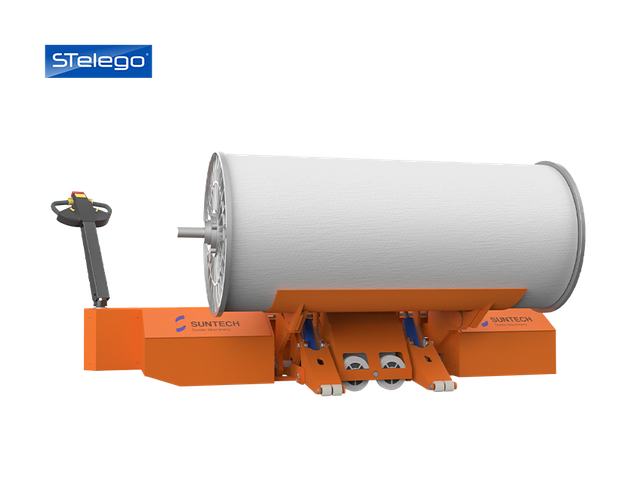In the realm of logistics and warehousing, material handling lifting equipment plays a crucial role in enhancing efficiency and safety. This equipment is designed to assist in the movement, lifting, and transportation of heavy materials. Understanding the various types of lifting equipment available can significantly improve operational workflows.

What is Material Handling Lifting Equipment?
Material handling lifting equipment encompasses a wide range of tools and machines that facilitate the lifting and moving of materials. These devices are essential in various industries, including construction, manufacturing, and warehousing. By utilizing this equipment, businesses can minimize manual labor, reduce the risk of injury, and optimize productivity.
Types of Material Handling Lifting Equipment
- Forklifts: These are perhaps the most recognized type of lifting equipment. Forklifts are versatile and can lift heavy loads vertically, making them ideal for warehouses and loading docks.
- Hoists: Hoists are used to lift heavy objects vertically. They can be operated manually or powered electrically, depending on the application.
- Cranes: Cranes are large machines that can lift and move heavy materials over long distances. They are commonly used in construction sites.
- Lift Tables: These devices elevate loads to a desired height, making it easier for workers to access materials without bending or stretching.
Benefits of Using Material Handling Lifting Equipment
Investing in material handling lifting equipment offers numerous advantages. Firstly, it enhances safety by reducing the physical strain on workers. Secondly, it increases efficiency, allowing for faster movement of goods. Additionally, using the right lifting equipment can lead to significant cost savings by minimizing damage to materials and reducing labor costs.
Choosing the Right Equipment
When selecting material handling lifting equipment, several factors should be considered:
- Load Capacity: Ensure that the equipment can handle the weight of the materials you intend to lift.
- Height Requirements: Consider the maximum height you need to lift materials.
- Work Environment: Different equipment is suited for indoor or outdoor use, so assess your operational environment.
- Frequency of Use: Determine how often the equipment will be used to select the most appropriate type.
Conclusion
Understanding the different types of material handling lifting equipment is essential for any business involved in logistics or warehousing. By selecting the right equipment, companies can improve their operational efficiency and ensure the safety of their workforce. For more information on various types of material handling equipment, visit  .
.








